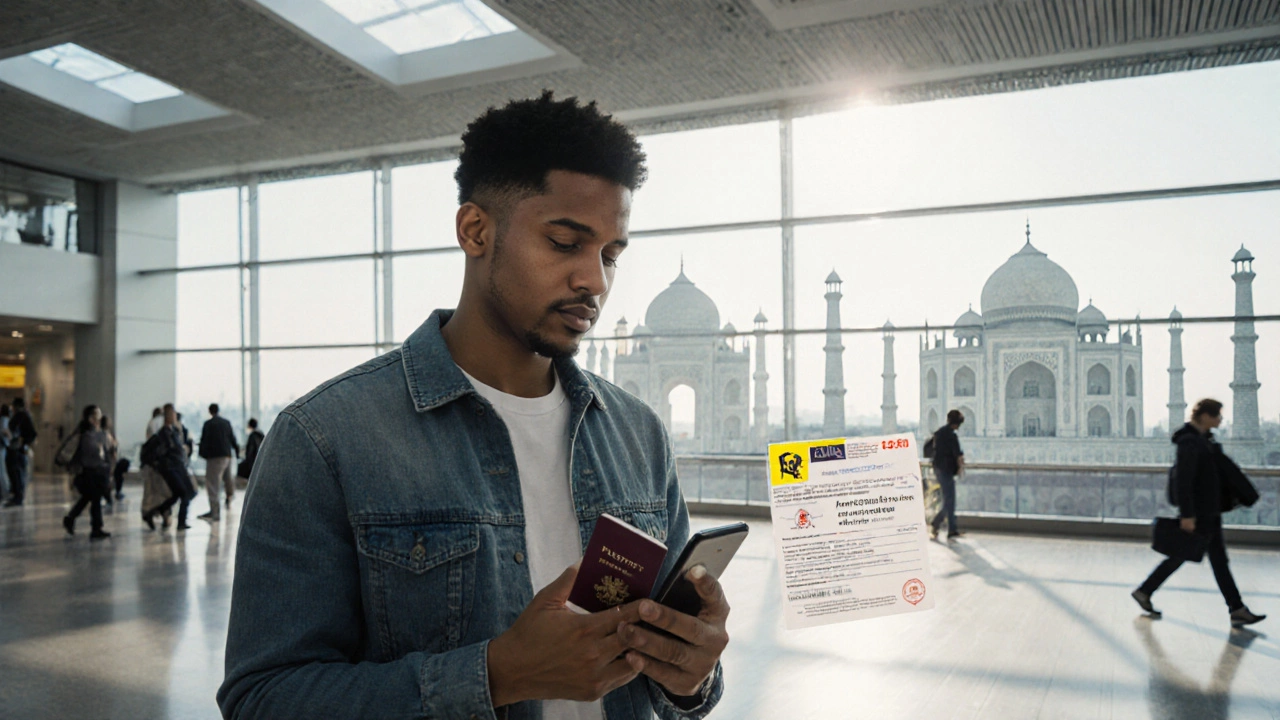Vaccinations Needed for India: What You Actually Need to Know
When planning a trip to India, one of the first questions you’ll hear is: vaccinations for India, required immunizations to protect against diseases common in South Asia. It’s not just about following rules—it’s about staying healthy on the road. Many travelers get confused by conflicting advice, but the truth is simpler: you don’t need every shot under the sun. You need the ones that actually matter for your trip, your budget, and your health history.
Let’s break it down. The required vaccines India, officially mandated immunizations for entry into certain countries are few. Only one is legally required: yellow fever—but only if you’re arriving from a country with risk of yellow fever transmission. For most travelers coming from the US, Europe, or Canada, this doesn’t apply. That’s the easy part. Now for what really matters: the travel vaccines India, recommended immunizations to prevent common illnesses during travel to India. These include hepatitis A, typhoid, and routine shots like MMR and tetanus. Hepatitis A is a no-brainer—it’s spread through contaminated food and water, and India’s street food scene, while amazing, carries risk. Typhoid? Same story. You’re not just eating from a vendor—you’re trusting their water source, their ice, their hands. A vaccine cuts that risk dramatically.
What about rabies? Only if you’re planning to hike remote trails, volunteer with animals, or spend time in rural areas where stray dogs are common. Meningitis? Not unless you’re traveling during peak season in crowded northern cities during winter. Polio? India is polio-free since 2014, but if you’re visiting high-risk zones like Uttar Pradesh or Bihar, a booster might be wise. The India travel health, practical medical guidance for travelers visiting India isn’t about fear—it’s about smart choices. You can get most of these shots at your local travel clinic for under $100 total. Some, like typhoid, come as a single shot or oral pills. Others, like hepatitis A, give you protection for 20+ years after two doses.
Timing matters too. Don’t wait until the day before you fly. Most vaccines need at least two weeks to become effective. Hepatitis A and typhoid can be given as late as a week before, but why risk it? And if you’re on a budget, ask your doctor about combination shots. Some clinics offer them. Don’t skip the malaria pills unless you’re only visiting major cities like Delhi or Mumbai during winter. In rural areas or monsoon season, they’re worth the cost.
And here’s the thing no one tells you: your biggest threat isn’t disease—it’s dehydration and poor hygiene. Drink bottled water. Avoid ice. Wash your hands. Eat food that’s hot and fresh. These habits protect you more than any vaccine alone. The India health precautions, practical steps travelers take to avoid illness in India are simple, cheap, and effective. Vaccines are your backup plan, not your only defense.
Below, you’ll find real traveler experiences, cost breakdowns, and clear advice from people who’ve been there—no fluff, no fearmongering. Whether you’re backpacking through Rajasthan, trekking in the Himalayas, or just exploring Goa’s beaches, you’ll find exactly what you need to stay safe without overspending or over-vaccinating.
